Boston, with its cobblestone streets, historic landmarks, and vibrant neighborhoods, beckons visitors and residents alike to explore its rich tapestry.
Navigating the city efficiently is a key consideration for anyone seeking to absorb the essence of Boston.
The options for getting around are as diverse as the city itself, catering to different preferences and needs. From its iconic subway system to scenic bike rides along the Charles River, Boston offers a plethora of transportation choices.
The best way to travel around Boston around this historic metropolis depends on factors like convenience, cost, and personal preference.
In this exploration, we delve into various modes of transportation, each presenting a unique perspective on the best ways to traverse the streets of Boston.
15 Best Ways To Travel Around Boston
Boston, with its rich history and vibrant culture, offers various transportation options to explore the city efficiently. Whether you’re a visitor or a local, here are 15 excellent ways to navigate the streets of Boston:
1. MBTA Public Transit System
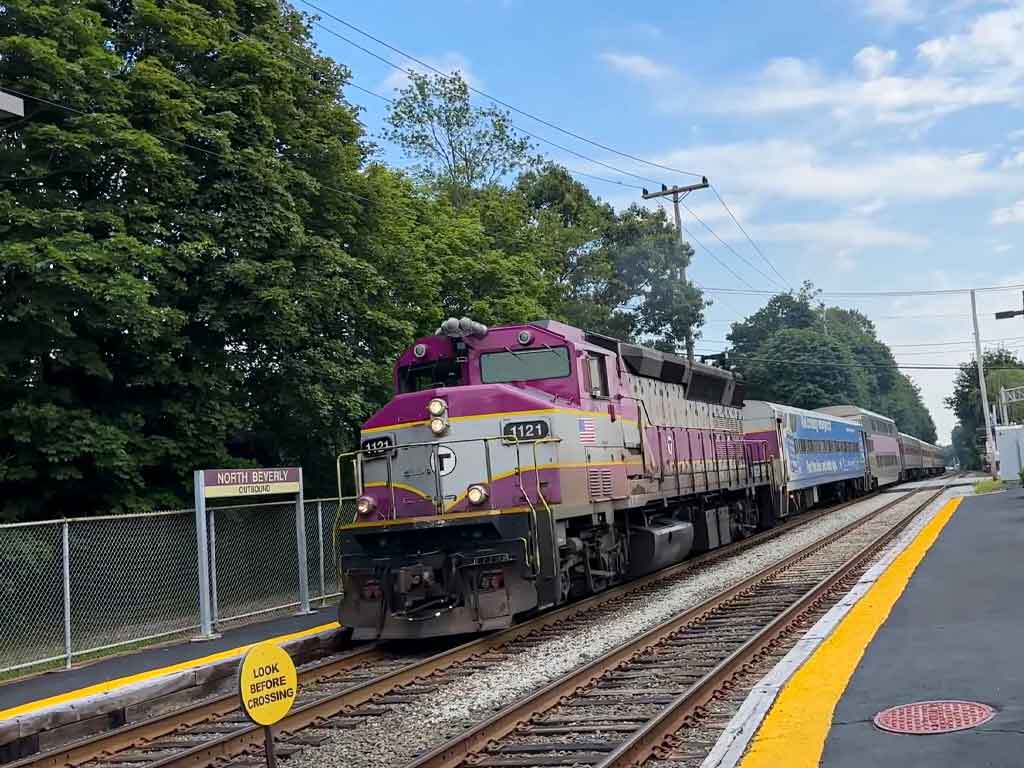
The Massachusetts Bay Transportation Authority (MBTA) operates an extensive public transit system, including buses, subway trains, and commuter rails. The subway, known as the “T,” is a convenient way to travel within the city.
With multiple lines connecting key neighborhoods and attractions, the MBTA provides a cost-effective and eco-friendly option for commuting.
2. Hubway Bike Share
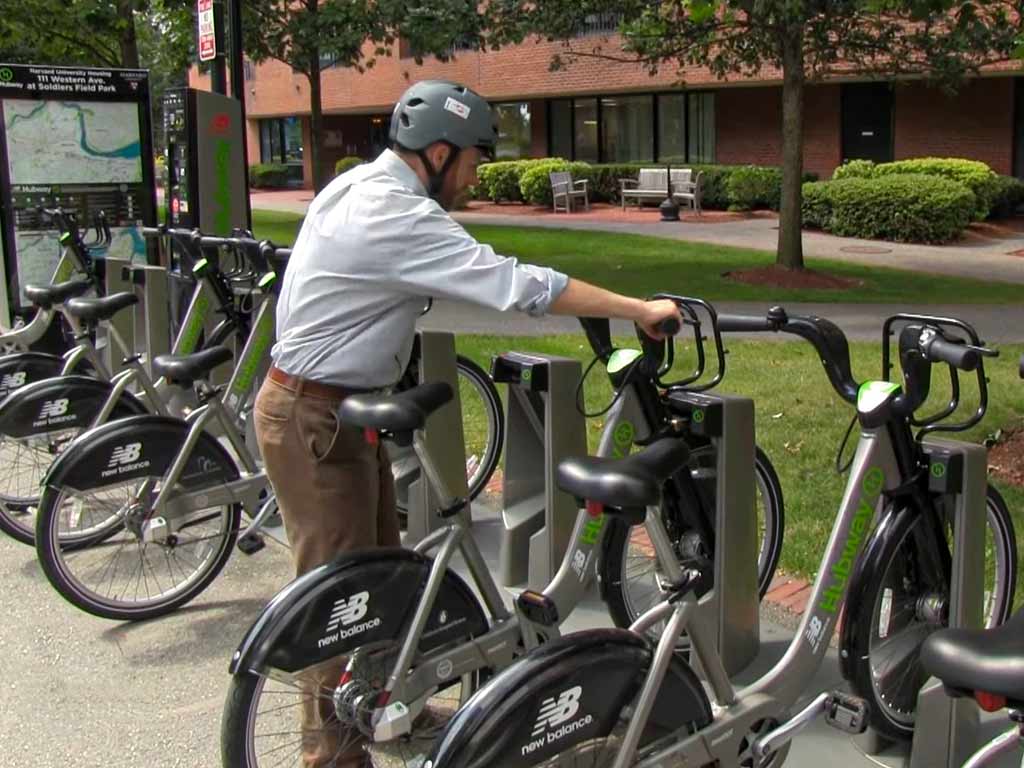
Boston’s bike-sharing program, Hubway, offers a healthy and environmentally friendly way to explore the city.
With numerous docking stations throughout Boston, Cambridge, and Somerville, you can easily rent a bike, pedal through scenic routes like the Charles River Esplanade, and return the bike at any Hubway station when you’re done.
3. Walking Tours
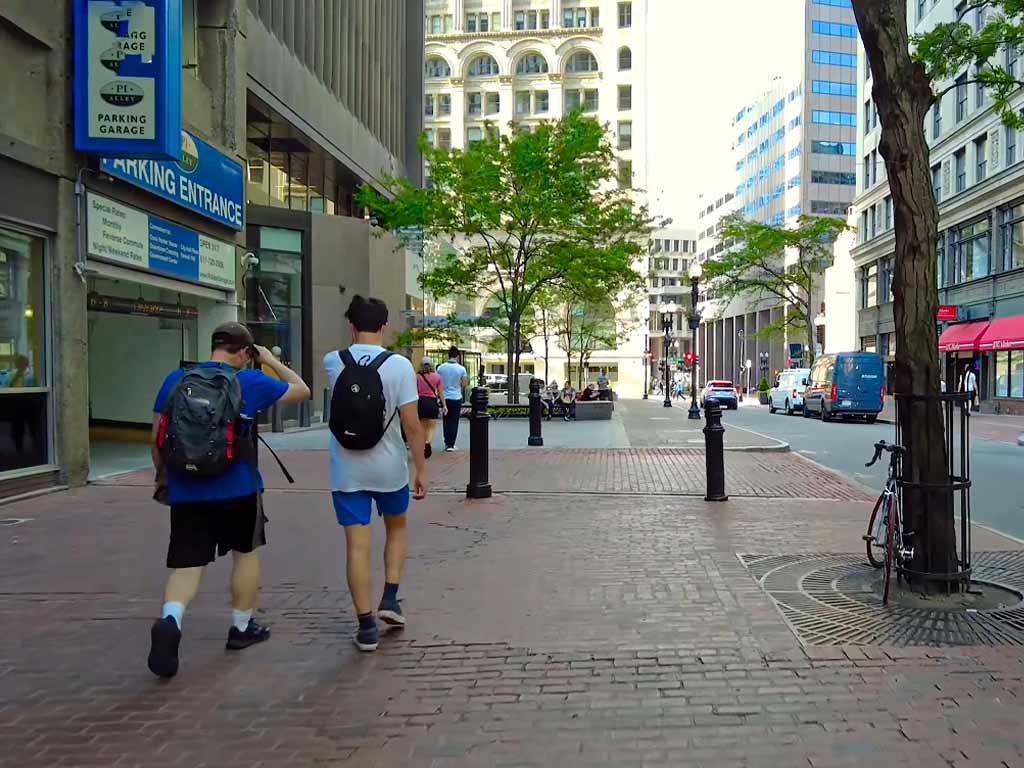
Boston’s compact size and historical charm make it an ideal city for walking. Guided walking tours are a popular choice, allowing you to explore the city’s historic sites, such as the Freedom Trail, at a leisurely pace.
Immerse yourself in the stories of the American Revolution while enjoying the picturesque streets and iconic landmarks on foot.
4. Water Transportation – Boston Harbor Cruises
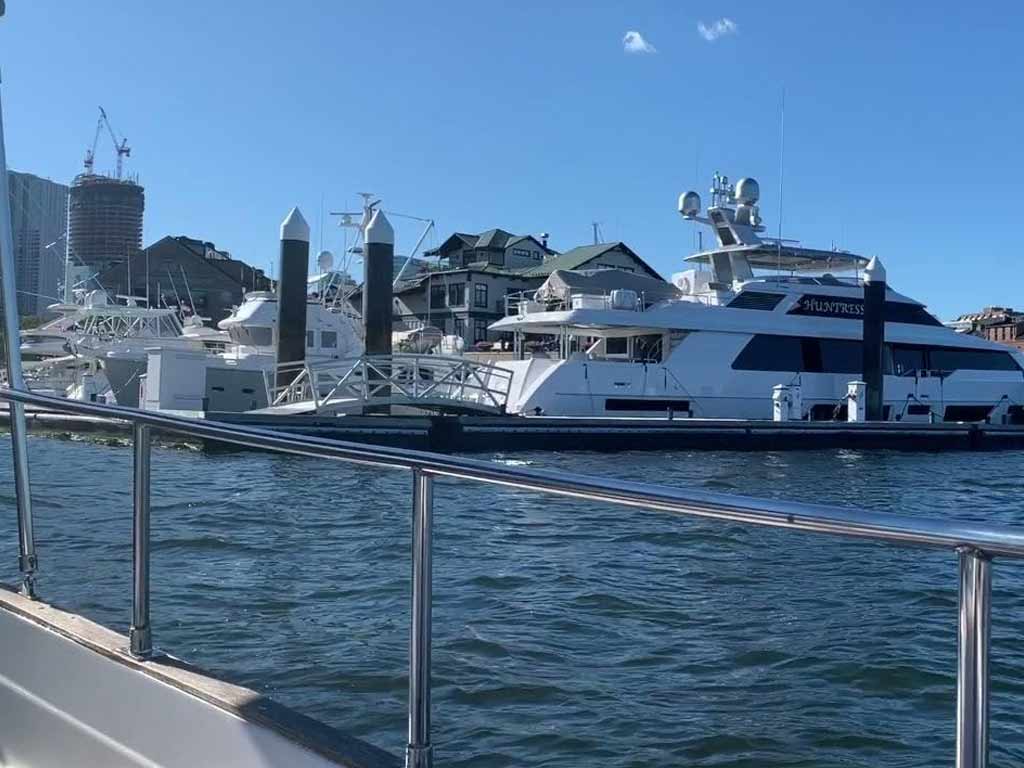
Take advantage of Boston’s waterfront location by opting for water transportation. Boston Harbor Cruises provides a unique perspective of the cityscape.
From water taxis to scenic harbor cruises, you can enjoy breathtaking views of the skyline, harbor islands, and historic waterfront while experiencing the refreshing sea breeze.
5. Ride-Sharing Services
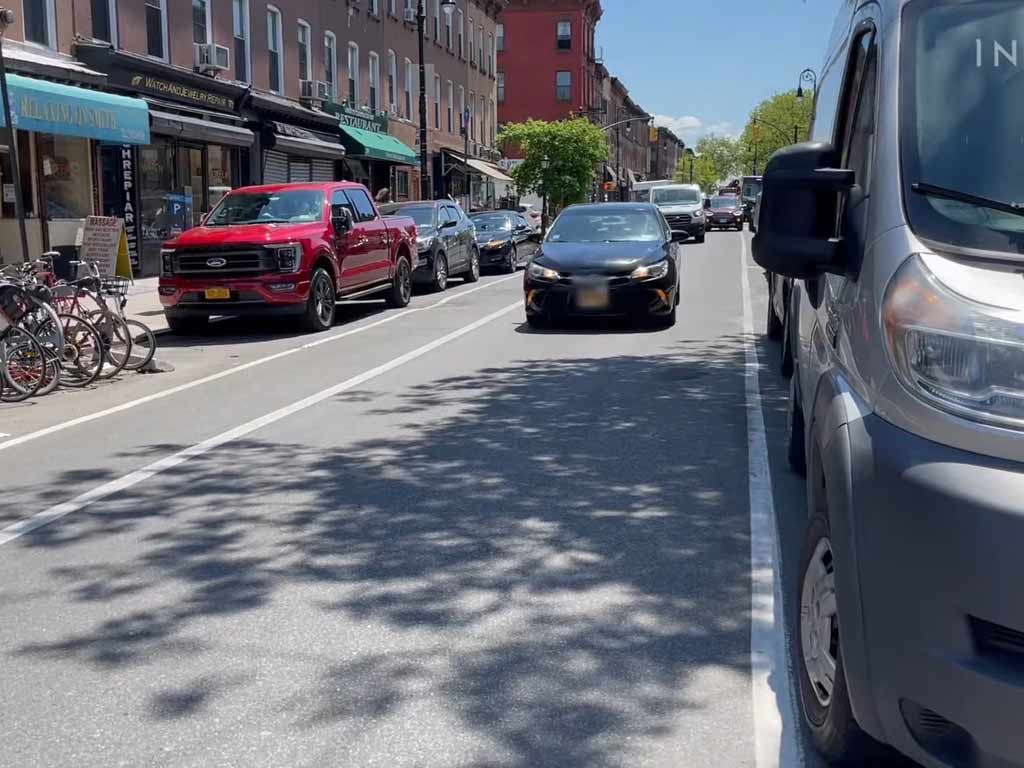
Ride-sharing services like Uber and Lyft offer a convenient and flexible transportation option in Boston. With the ease of app-based bookings, you can quickly navigate the city and reach your destination with personalized door-to-door service.
This option is particularly useful when you prefer a more private and direct mode of transportation.
6. Boston Duck Tours
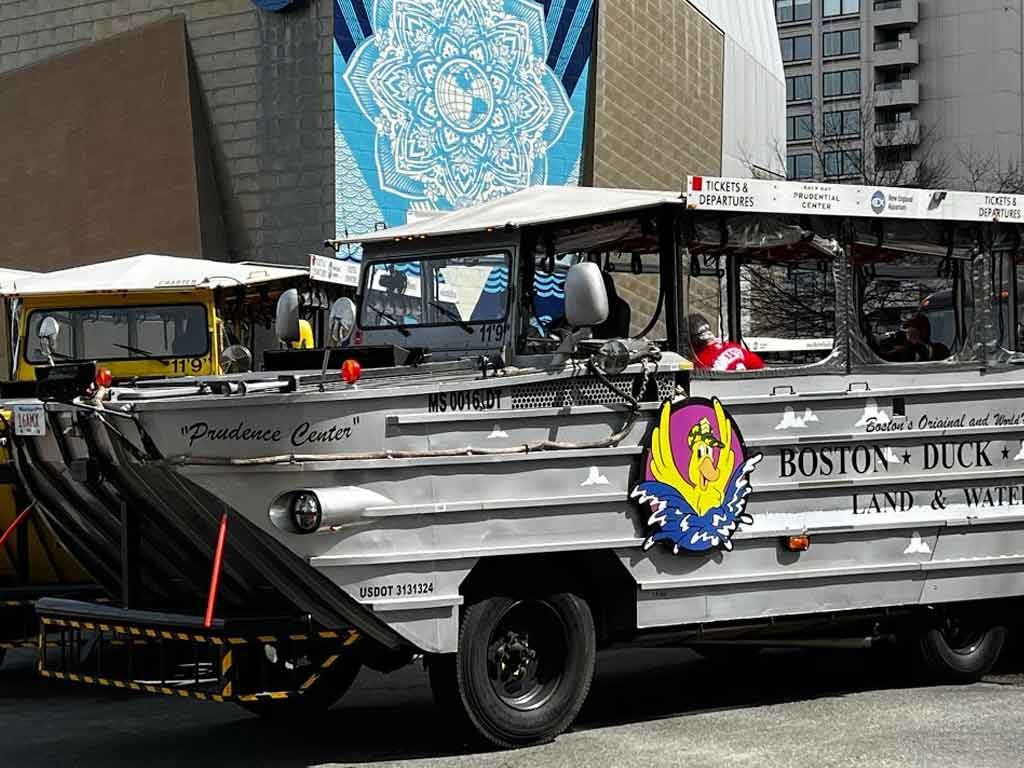
For a fun and informative way to explore both land and water, consider taking a Boston Duck Tour. These amphibious vehicles, known as “DUCKs,” provide a narrated tour of the city’s historic sites on land before transitioning into a water excursion along the Charles River.
It’s a unique and entertaining way to learn about Boston’s history while enjoying the scenic beauty from both land and water perspectives.
7. Commuter Rail
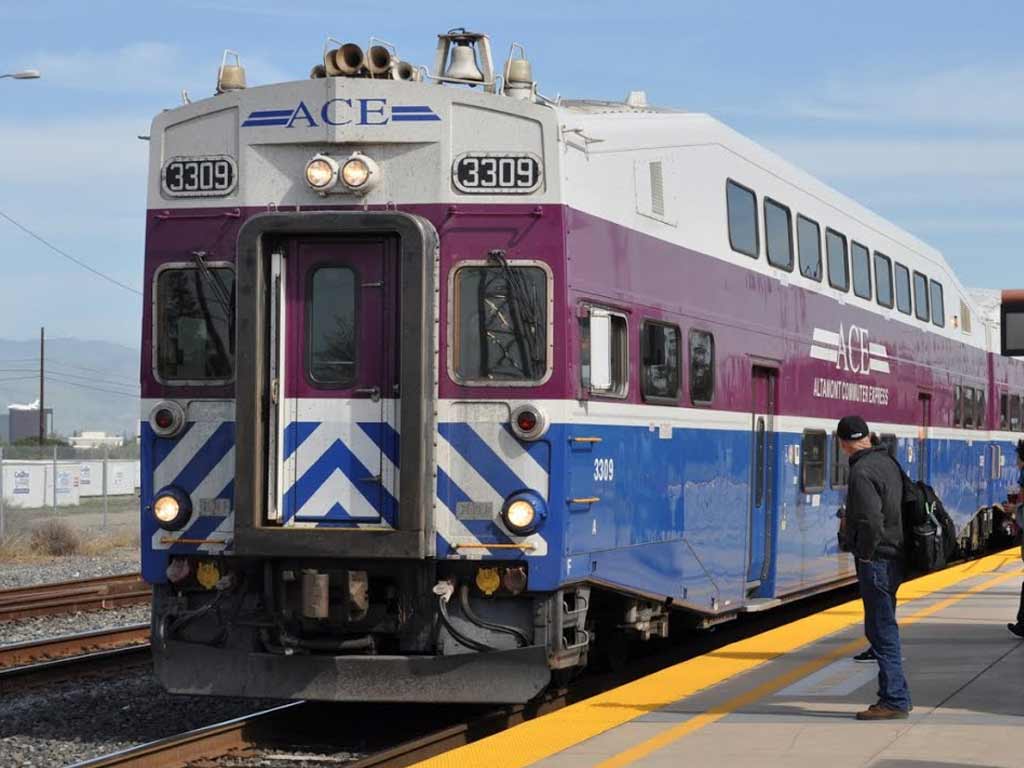
If you want to venture beyond the city and explore the Greater Boston area, the commuter rail system is an excellent choice. With various lines connecting Boston to surrounding suburbs and neighboring towns, the commuter rail offers a comfortable and efficient means of transportation.
It’s particularly useful for day trips or weekend getaways to explore the picturesque landscapes outside the city.
8. Electric Scooter Rentals
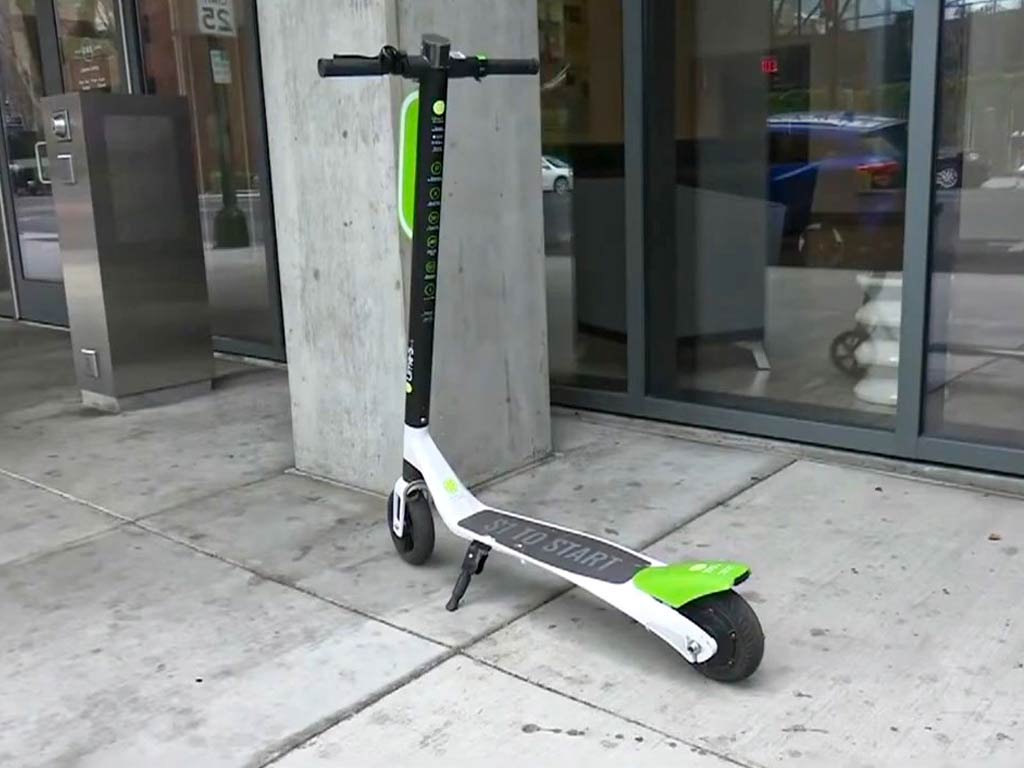
Boston has embraced the trend of electric scooters for short-distance travel. Companies like Lime and Bird offer electric scooters for rent, allowing you to zip through the city streets at your own pace.
It’s a convenient option for covering short distances, especially in areas with less public transportation coverage, providing a quick and eco-friendly way to navigate the urban landscape.
9. Water Taxis
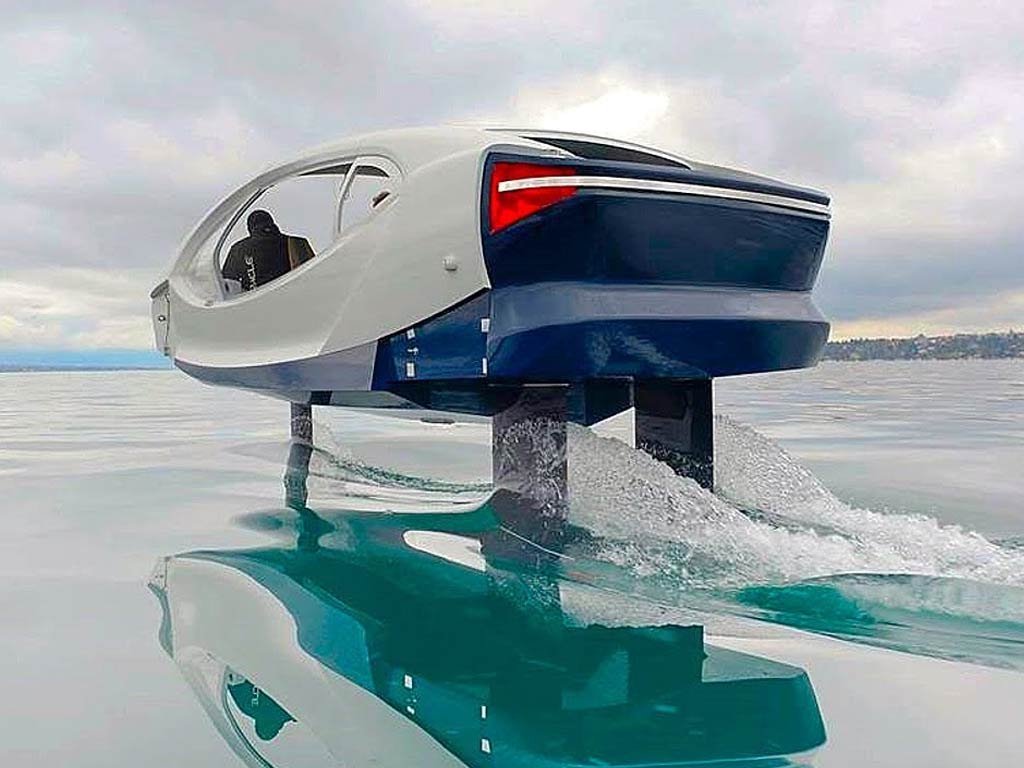
If you prefer a more private and direct water transportation option, water taxis are available for hire in Boston Harbor. These boats can take you to various waterfront destinations, providing a scenic and efficient way to travel across the harbor.
Whether you’re headed to the airport or exploring waterfront dining options, water taxis offer a unique and picturesque mode of transportation.
10. Chartered Tours and Shuttles
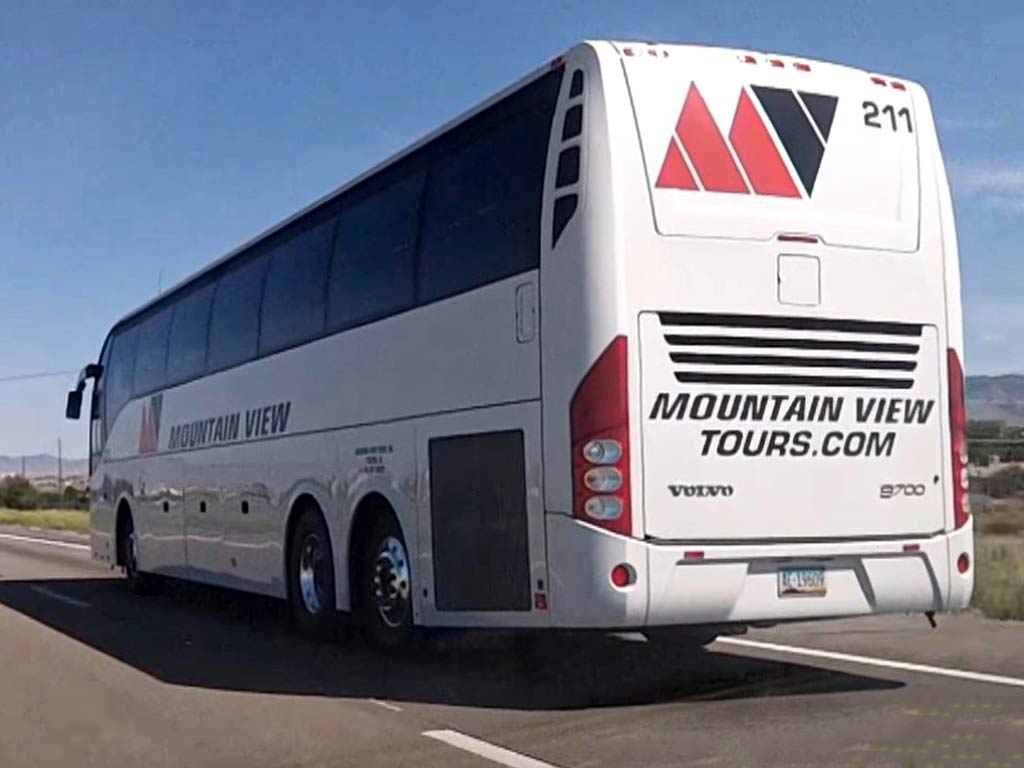
For a customized and hassle-free experience, consider booking a chartered tour or shuttle service. Several companies in Boston offer private tours or group shuttles, allowing you to tailor your itinerary to specific interests or events.
This option is ideal for larger groups, corporate outings, or special occasions, ensuring a comfortable and personalized travel experience.
11. Zipcar Car-Sharing
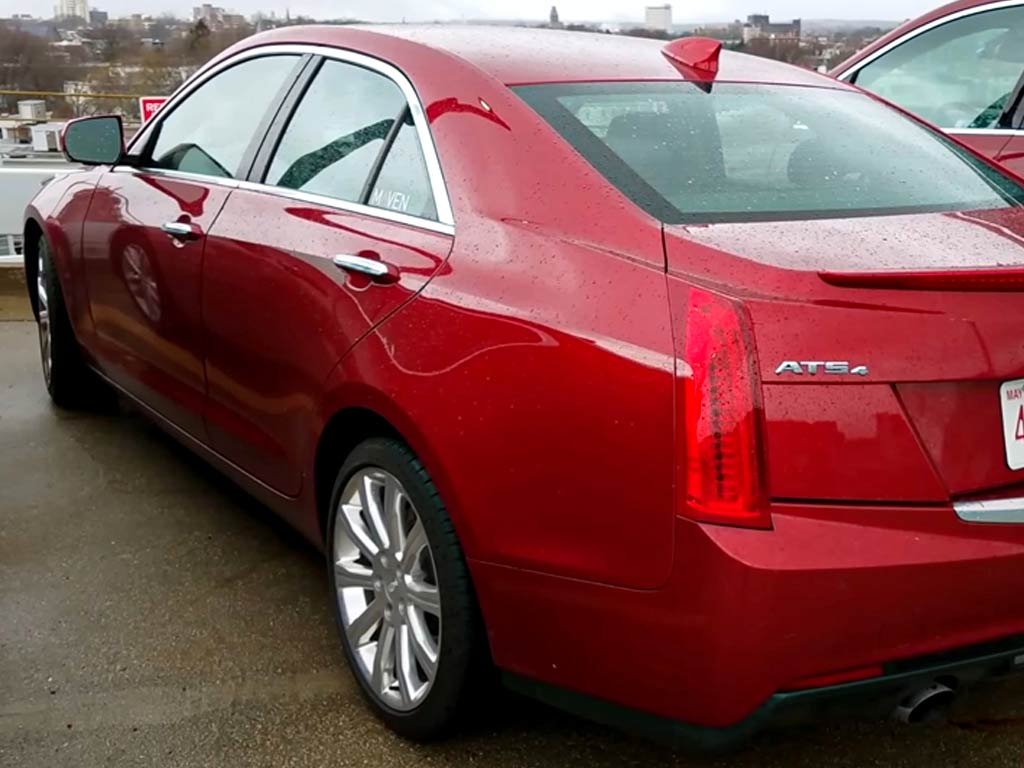
Zipcar provides a flexible and convenient car-sharing service in Boston. With designated parking spots throughout the city, you can reserve a car for a few hours or a whole day.
This option is perfect for those who prefer the convenience of a car without the commitment of ownership. Zipcar vehicles are readily available for on-the-go exploration or errands.
12. Horse-Drawn Carriages
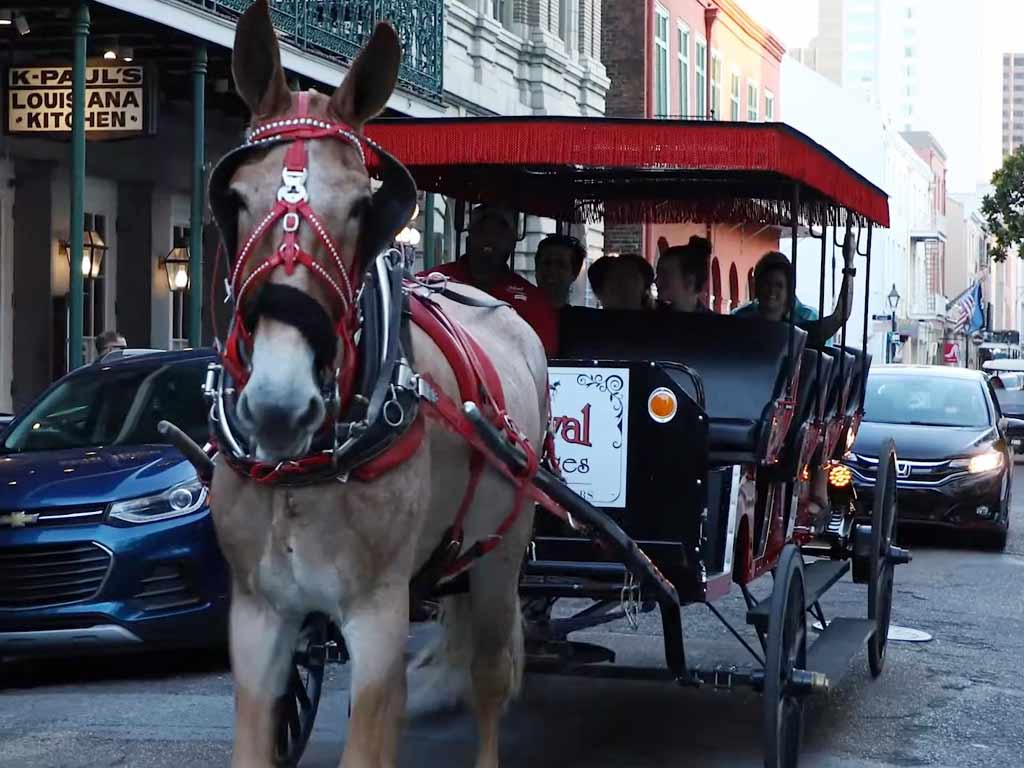
Experience the charm of historic Boston with a horse-drawn carriage ride. Available in popular areas like the Boston Common and Beacon Hill, these nostalgic rides offer a leisurely way to appreciate the city’s architecture and green spaces.
Ideal for a romantic evening or a family outing, horse-drawn carriages provide a unique and picturesque mode of transportation.
13. Amtrak
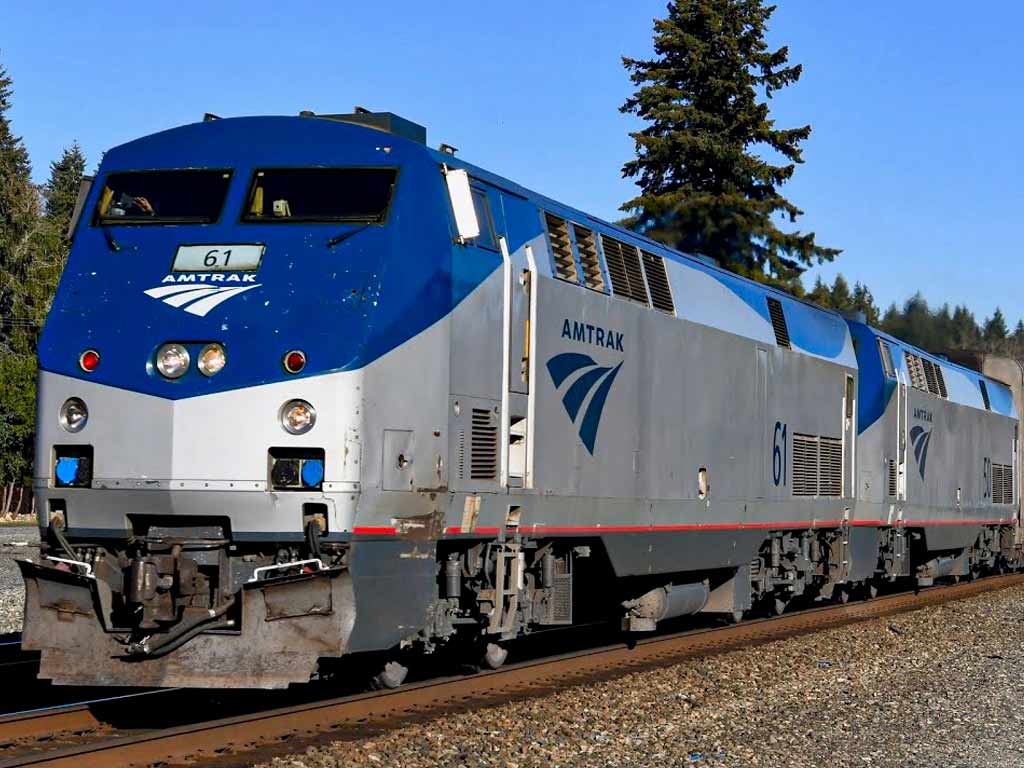
For those looking to explore destinations beyond Massachusetts, Amtrak’s trains provide a comfortable and scenic journey. Boston’s North Station and South Station are major hubs, connecting travelers to cities like New York, Providence, and beyond.
With amenities such as Wi-Fi and spacious seating, Amtrak offers a relaxed and efficient way to travel regionally and nationally.
14. Flynn Cruiseport Boston
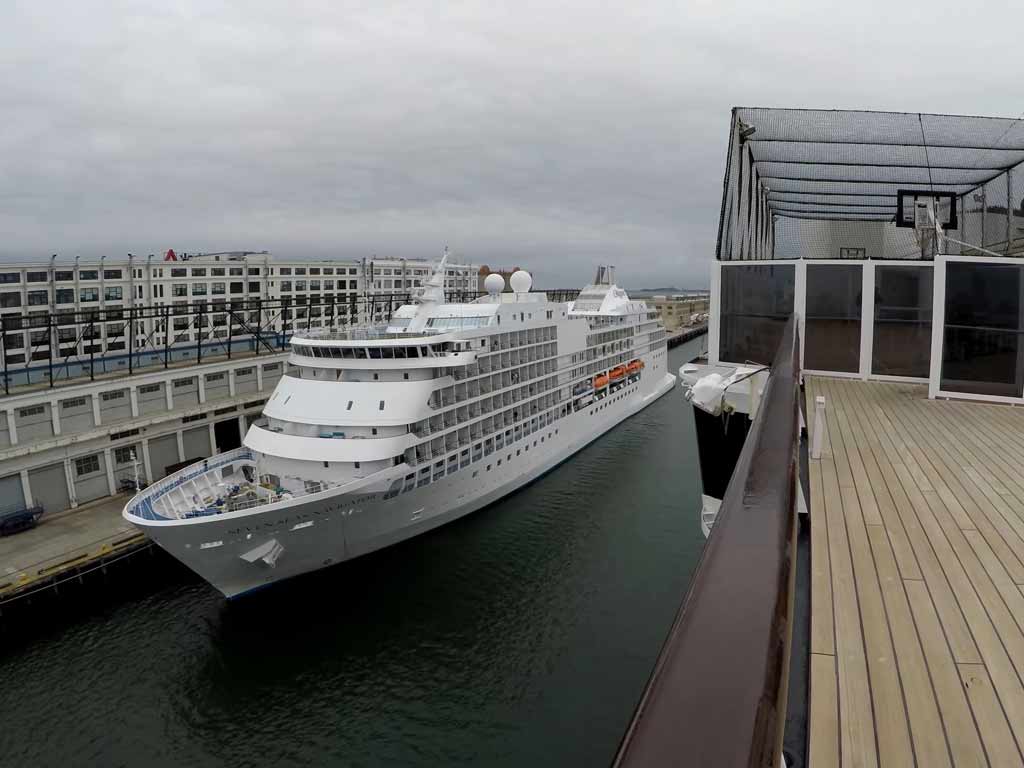
If your travel plans involve a cruise, Flynn Cruiseport Boston serves as a gateway to various cruise destinations. Located in the historic Black Falcon Cruise Terminal, it offers a seamless connection between land and sea travel.
Whether departing on a cruise or arriving from one, the cruise port provides a distinctive and maritime-inspired entrance to the city.
15. Hovercraft to the Boston Harbor Islands
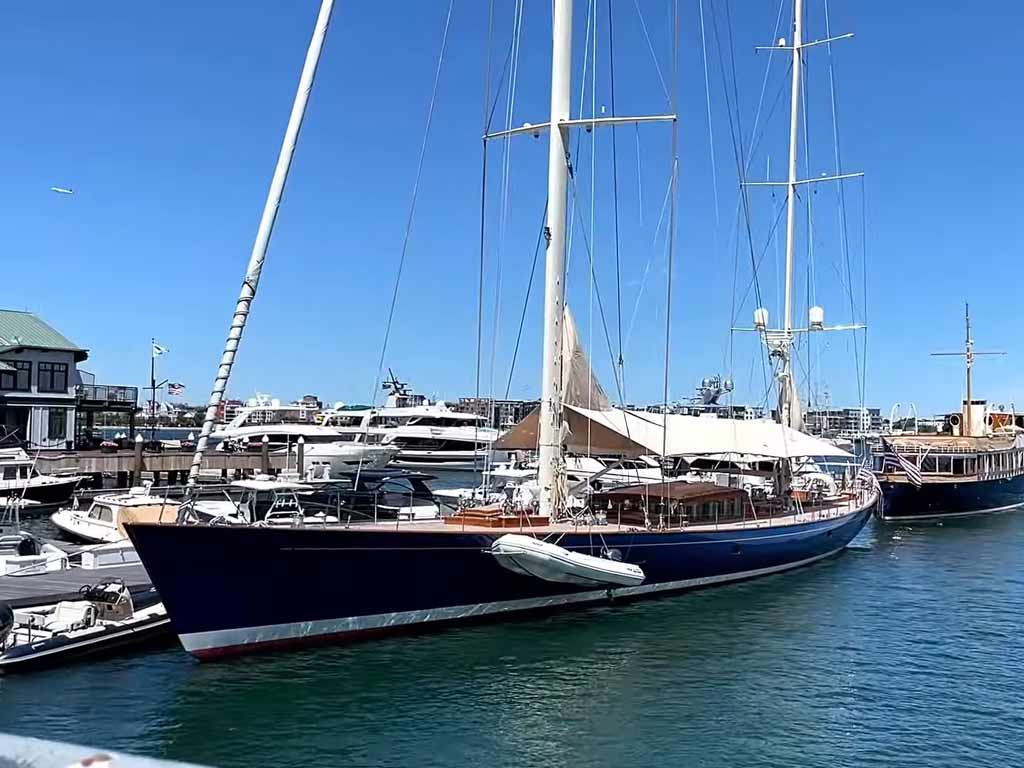
For a unique and adventurous experience, consider taking a hovercraft to explore the Boston Harbor Islands. These high-speed vessels offer a thrilling ride to the islands, where you can enjoy hiking, picnicking, and historical exploration.
It’s a novel way to escape the urban bustle and immerse yourself in the natural beauty of the harbor islands.
How Good Is Boston Public Transportation?
Boston’s public transportation system, managed by the Massachusetts Bay Transportation Authority (MBTA), plays a crucial role in the daily lives of residents and visitors.
Here are seven perspectives on the effectiveness of Boston’s public transportation:
Efficiency and Coverage
Boston’s public transportation system is known for its efficiency and extensive coverage. With a network of buses, subways, and commuter rails, the MBTA facilitates convenient travel throughout the Greater Boston area.
The subway, or “T,” is particularly efficient, connecting key neighborhoods and attractions, making it a reliable choice for daily commuting and exploring the city.
Reliability and Punctuality
While the MBTA generally provides reliable services, occasional delays and disruptions can occur. Factors such as weather conditions or maintenance issues may impact schedules.
However, efforts are continually made to enhance reliability, and real-time updates are accessible, allowing passengers to plan their journeys accordingly.
Accessibility for Persons with Disabilities
Boston’s public transportation system is committed to accessibility. Many stations are equipped with elevators, ramps, and other features to accommodate individuals with disabilities.
Buses and trains are designed to be accessible, ensuring that people of all abilities can navigate the city with ease.
Affordability
Public transportation in Boston is relatively affordable, making it an attractive option for residents and visitors. The MBTA offers various fare options, including daily and monthly passes, providing cost-effective choices for regular commuters and occasional users alike.
Integration with Other Modes of Transportation
Boston’s public transportation system is well-integrated with other modes of transportation, offering seamless connections between buses, subways, commuter rails, and even water transportation.
This integration enhances the overall efficiency and convenience of the transit network, allowing for smooth transfers and multi-modal commuting.
Environmental Sustainability
The MBTA promotes environmental sustainability by providing a green alternative to private vehicle transportation.
The extensive public transit network encourages residents and visitors to choose eco-friendly options, contributing to the city’s efforts to reduce carbon emissions and promote a more sustainable urban environment.
Community Impact and Social Equity
Public transportation plays a vital role in fostering social equity by providing affordable and accessible transit options for diverse communities.
The MBTA’s commitment to serving various neighborhoods ensures that residents from different socioeconomic backgrounds have reliable and equitable access to essential services and opportunities.
Boston’s public transportation system offers a multifaceted perspective, combining efficiency, accessibility, affordability, and environmental consciousness.
While occasional challenges exist, ongoing efforts to improve services and accommodate diverse needs contribute to the overall effectiveness of the city’s transit network.
FAQs
Are bike-sharing programs popular in Boston?
Yes, bike-sharing programs like Hubway are popular in Boston. With numerous docking stations across the city, renting a bike is an eco-friendly and enjoyable way to explore Boston’s scenic routes and historic neighborhoods.
How accessible is public transportation for individuals with disabilities?
Boston’s public transportation system is committed to accessibility. Many stations are equipped with elevators, ramps, and other features, ensuring that individuals with disabilities can navigate the city with ease.
Is it cost-effective to use public transportation in Boston?
Yes, public transportation in Boston is relatively affordable. The MBTA offers various fare options, including daily and monthly passes, making it cost-effective for both regular commuters and occasional users.
What options are available for exploring beyond the city center?
The commuter rail system and Amtrak trains provide excellent options for exploring areas beyond Boston. Whether you’re interested in nearby suburbs or regional destinations, these rail services offer comfortable and efficient travel.
How can I experience a unique perspective of Boston’s waterfront?
Consider taking a water taxi or Boston Harbor Cruise for a unique waterfront experience. These options provide scenic views of the skyline, harbor islands, and historical landmarks, offering a refreshing and picturesque way to explore the city from the water.
Conclusion
In the heart of New England, Boston unfolds its charm through a myriad of transportation options, each contributing to a distinctive travel experience.
Whether it’s the efficiency of the MBTA, the scenic allure of bike rides, or the historical immersion of walking tours, the best way to travel around Boston is subjective and tailored to individual preferences.
The city’s commitment to accessibility, sustainability, and seamless integration of diverse transportation modes ensures that every journey becomes an opportunity to uncover the layers of Boston’s past and present.
As cobblestones echo tales of revolution and modernity thrives in the city’s veins, the best way to traverse Boston is not merely a logistical consideration but an immersive journey through time and culture.
Naim Benmayor